History of Winter (H.O.W.) Program
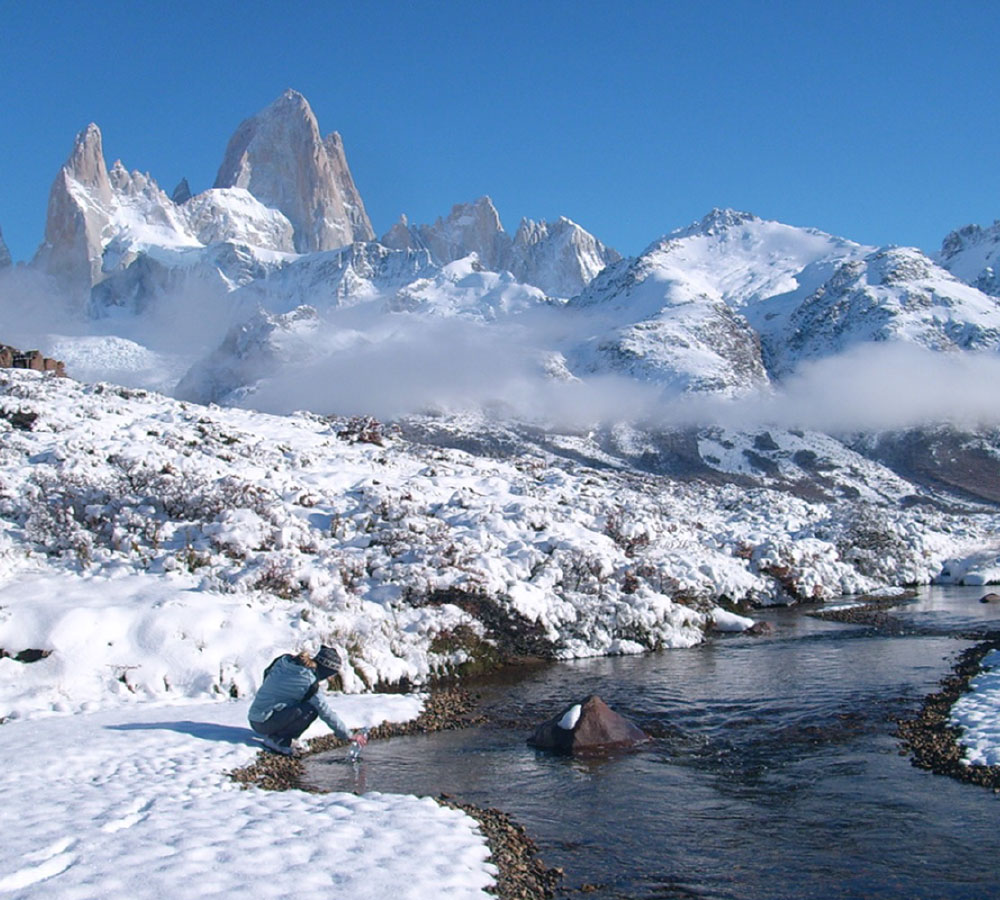
2001-2015 The History of Winter program took place each February
The History of Winter (HOW) is a weeklong “teacher as scientist” Cryosphere- science focused field experience for elementary and secondary science teachers held annually in Lake Placid, NY, since February 2001. Lake Placid, host city of the 1932 and 1980 Winter Olympics, is located within the Adirondack Mts.
HOW utilizes an experiential learning opportunity for teachers to connect them firsthand to field research common in the cryosphere sciences and used as ground validation for NASA satellite missions.
Teachers working alongside scientists, experience science inquiry firsthand, a benchmark experience on which they can build inquiry-based learning into their classroom. HOW teachers utilize research protocols, learn data organization and analysis, and the use of technology tools for fieldwork. HOW in-person instruction is supplemented by distance learning events, an array of online multimedia resources, and an online community project site.
HOW models science inquiry and technology integration and trains teachers in the use of 21st century technologies in the classroom. The emphasis is on how direct observation of snow and ice on Earth, in snow-packs and from lake ice cores, serves as ground validation for NASA satellite sensors and assists scientists in evaluating Climate Change.
Northwood School in Lake Placid, New York was the host site for History of Winter (H.O.W.) events
Northwood School in Lake Placid, New York was the host site for History of Winter (HOW) events. The school has a proud history of academic and athletic achievement. Northwood graduates have represented the United States in every Winter Olympics since 1968.


Learning to use the tools of a scientist in the field
Calibration was important emphasis with all snow and ice tools.
The snow tubes for density determination.
Teachers becoming field scientists
“Our fieldwork in the HOW program allowed us to experience all facets of inquiry-based learning. Events throughout the week highlighted the importance of accurate journaling, and the detailed recording all observations. Ice-sampling protocols were not well understood, which resulted in incomplete data collection from two of the sites. Over the week techniques and sampling become more concise and effected a clear analysis of test results and variables ultimately resulting in the acceptance and rejection of hypotheses. Frequent checks must be made to ensure that no steps are skipped and no data goes unrecorded. Renewed emphasis on these skills allowed us to carry out authentic science.”
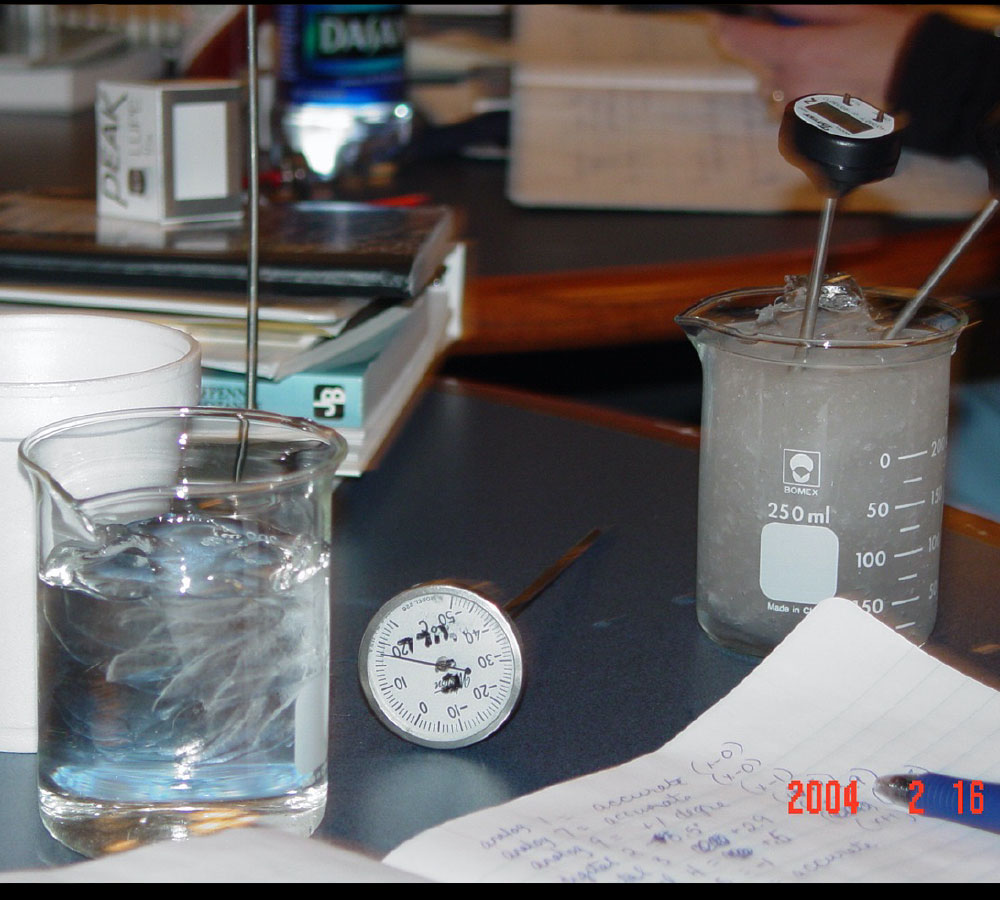

Thermochron Mission
The purpose of the Thermochron Mission, an embedded strand of the History of Winter Program, is to actively engage participants in science research methods while focusing on the observation and analysis of changes in ambient temperature relative to real-time events. Through experiential learning opportunities, peer coaching, and expert instruction sessions, Thermochron Mission participants can enhance their understanding of both NASA science research and the process of science.
This effort utilizes Thermochrons, special iButtontechnology that includes a temperature sensor, a clock, and a memory within a nickel-sized case. Thermochrons use a 1-Wire protocol to command the iButton and to retrieve data that is stored on the computer chip inside. The Thermochron can be programmed to record temperature readings at a desired interval. Data can later be retrieved along with the time of each reading by merely connecting the Thermochron to a laptop or PC. All in all, they are an extremely handy, easy to use, and portable tool for investigations.
Teacher teams analyzed the snow, ice and thermochron data
Lorem ipsum dolor sit amet, consectetuer adipiscing elit. Aenean commodo ligula eget dolor. Aenean massa. Nulla consequat massa quis enim. Sociis natoque penatibus et magnis dis parturient montes, nascetur ridiculus lorem mus.
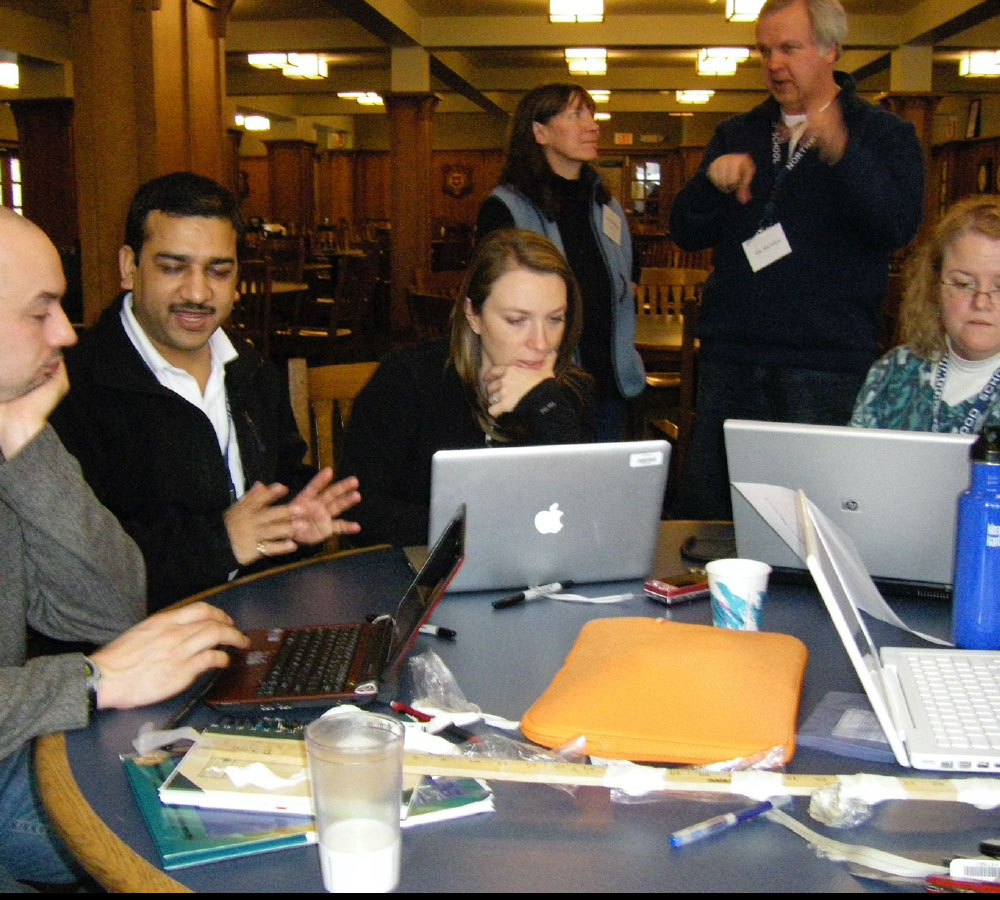
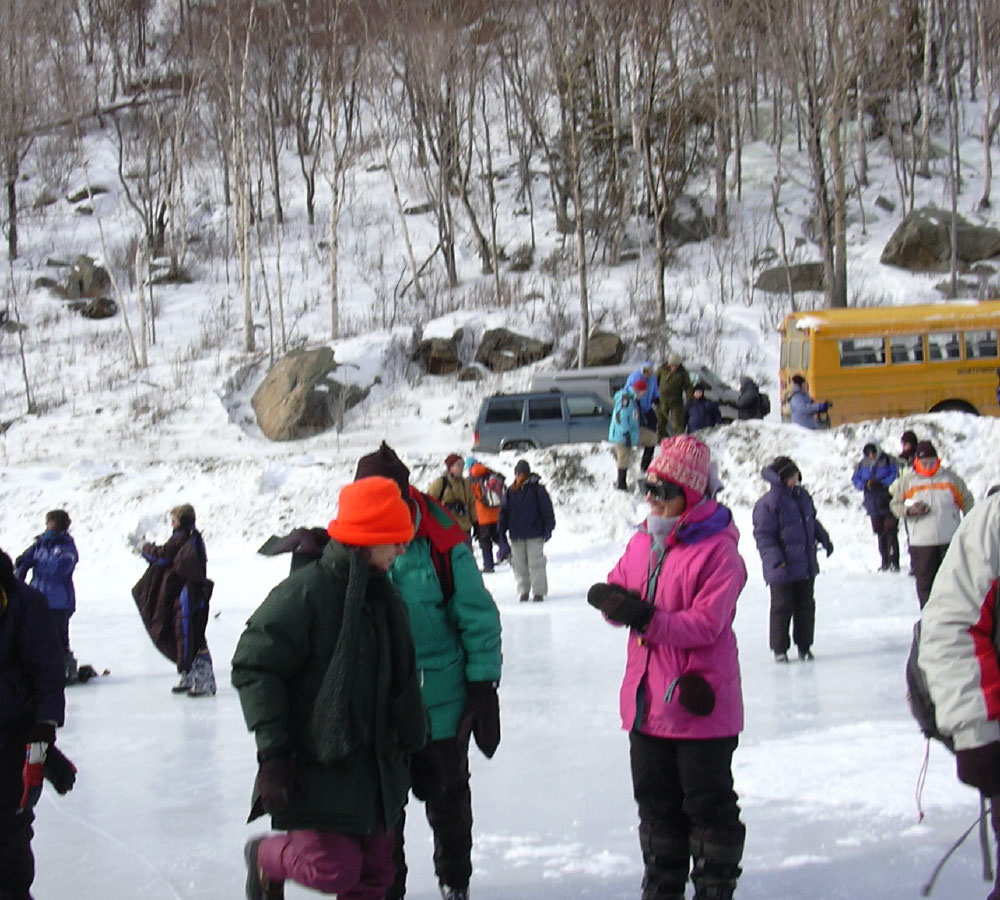
Gathering at Cascade Lake
The ice thickness is sufficient to support the HOW team.
When the day arrives we are up early, quick breakfast, then “please get dressed warmly” and finally on the bus to Cascade lake.
Cascade Ice Climb
Lorem ipsum dolor sit amet, consectetuer adipiscing elit. Aenean commodo ligula eget dolor. Aenean massa. Nulla consequat massa quis enim. Sociis natoque penatibus et magnis dis parturient montes, nascetur ridiculus lorem mus.

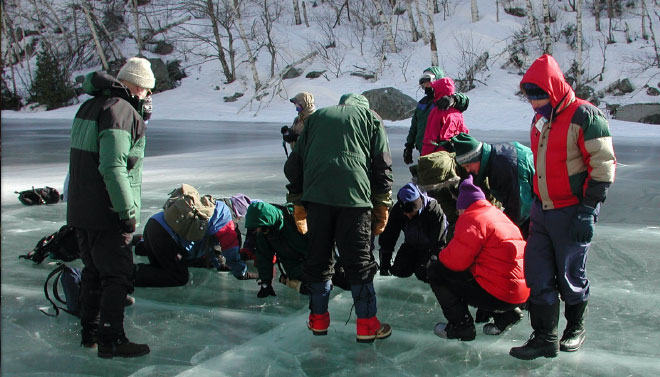
Measuring the thickness of the frozen Cascade Lake ice surface
Lorem ipsum dolor sit amet, consectetuer adipiscing elit. Aenean commodo ligula eget dolor. Aenean massa. Nulla consequat massa quis enim. Sociis natoque penatibus et magnis dis parturient montes, nascetur ridiculus lorem mus.
Sampling the Cascade Lake ice
Lorem ipsum dolor sit amet, consectetuer adipiscing elit. Aenean commodo ligula eget dolor. Aenean massa. Nulla consequat massa quis enim. Sociis natoque penatibus et magnis dis parturient montes, nascetur ridiculus lorem mus.
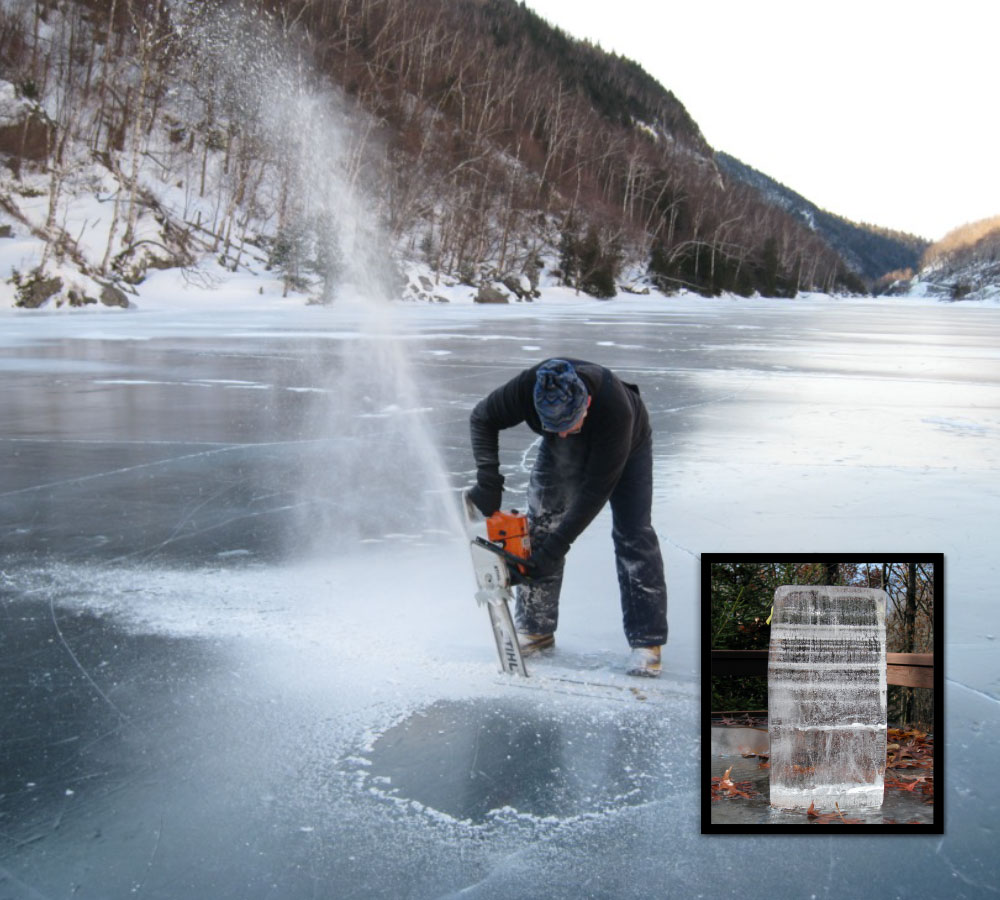
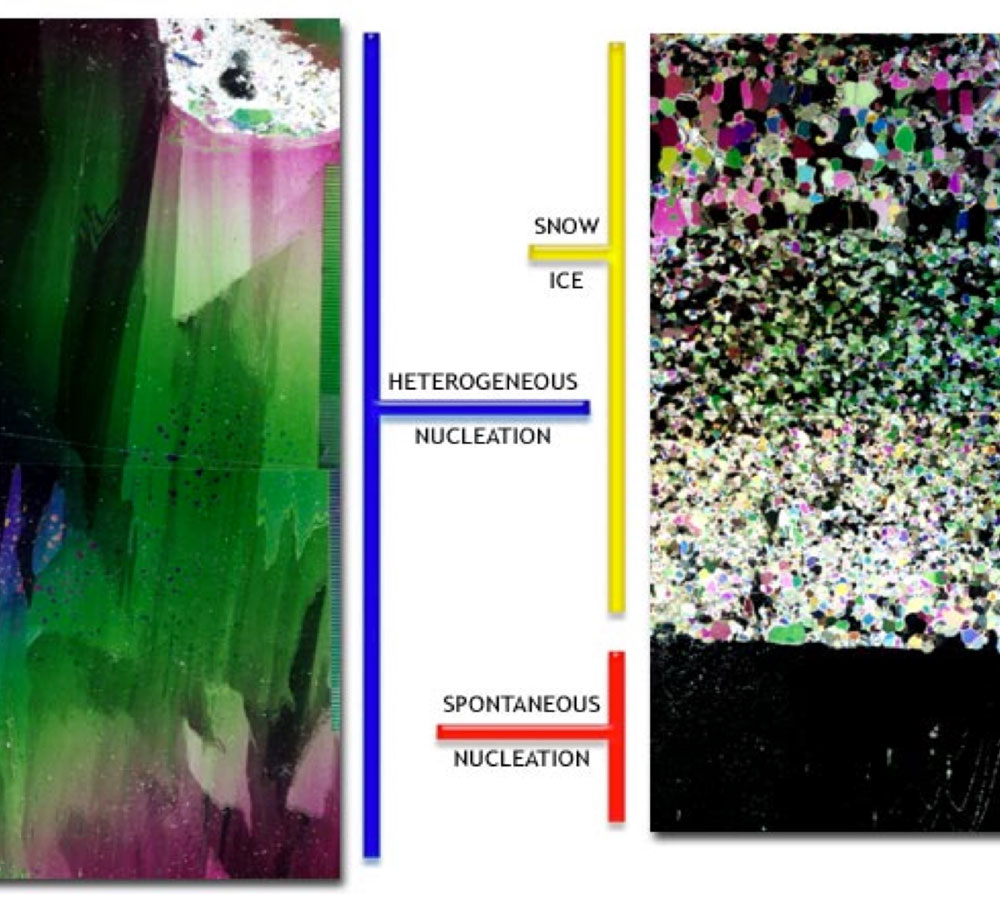
Lake ice samples under polarized light
ICE Core Data Conclusions There were many differences in the results that we found from the core samples of ice at Cascade Lake, Mirror Lake, and Lake Placid. Our data found significant difference in the core depth between Cascade Lake and the other two lakes: Lake Placid and Mirror Lake. Cascade Lake’s depth was 52 centimeters and the other lakes core depths were similar at 38 and 36 centimeters, respectively. One of the reasons for this is the area that surrounds Cascade Lake. This lake is surrounded on both the East and West sides by mountains which prevent direct sunlight from continually hitting the surface for a major portion of the day. In contrast, Lake Placid and Mirror Lake test sites, both receive direct sunlight throughout the day.
Global Snowflake Network
Lorem ipsum dolor sit amet, consectetuer adipiscing elit. Aenean commodo ligula eget dolor. Aenean massa. Nulla consequat massa quis enim. Sociis natoque penatibus et magnis dis parturient montes, nascetur ridiculus lorem mus.
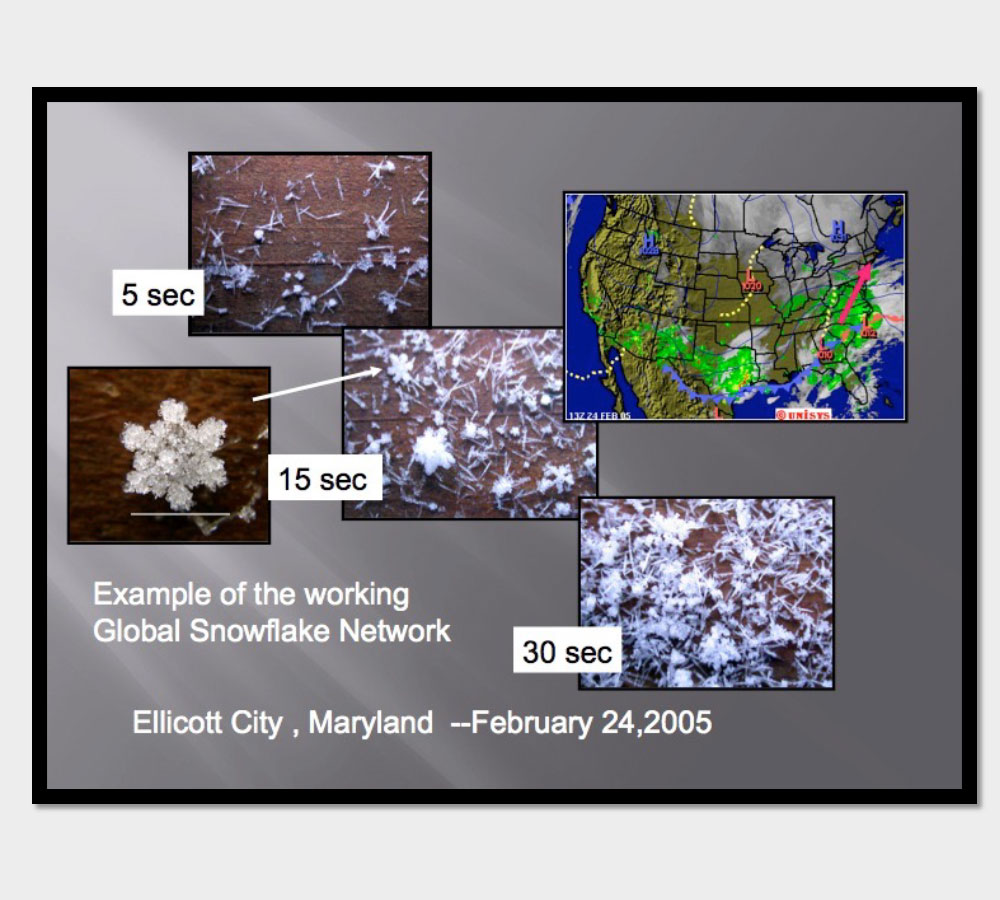
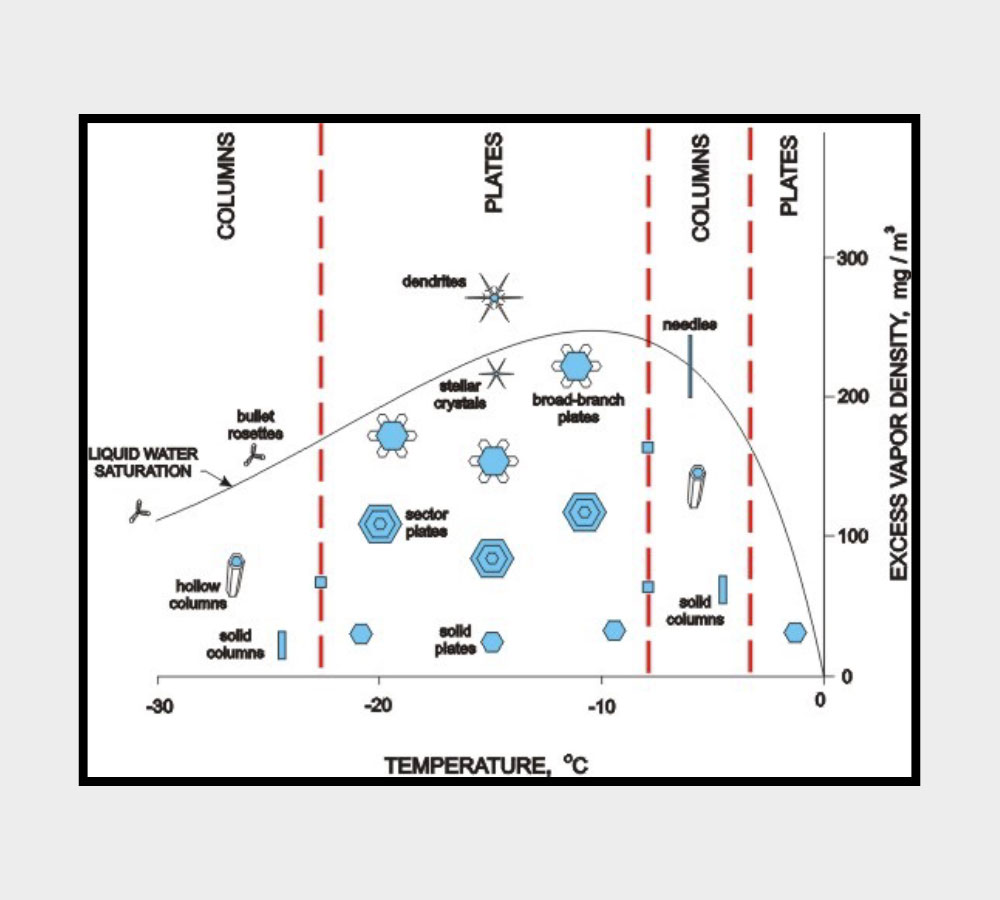
Unique snowflakes
Lorem ipsum dolor sit amet, consectetuer adipiscing elit. Aenean commodo ligula eget dolor. Aenean massa. Nulla consequat massa quis enim. Sociis natoque penatibus et magnis dis parturient montes, nascetur ridiculus lorem mus.
Snowpit analysis
Lorem ipsum dolor sit amet, consectetuer adipiscing elit. Aenean commodo ligula eget dolor. Aenean massa. Nulla consequat massa quis enim. Sociis natoque penatibus et magnis dis parturient montes, nascetur ridiculus lorem mus.

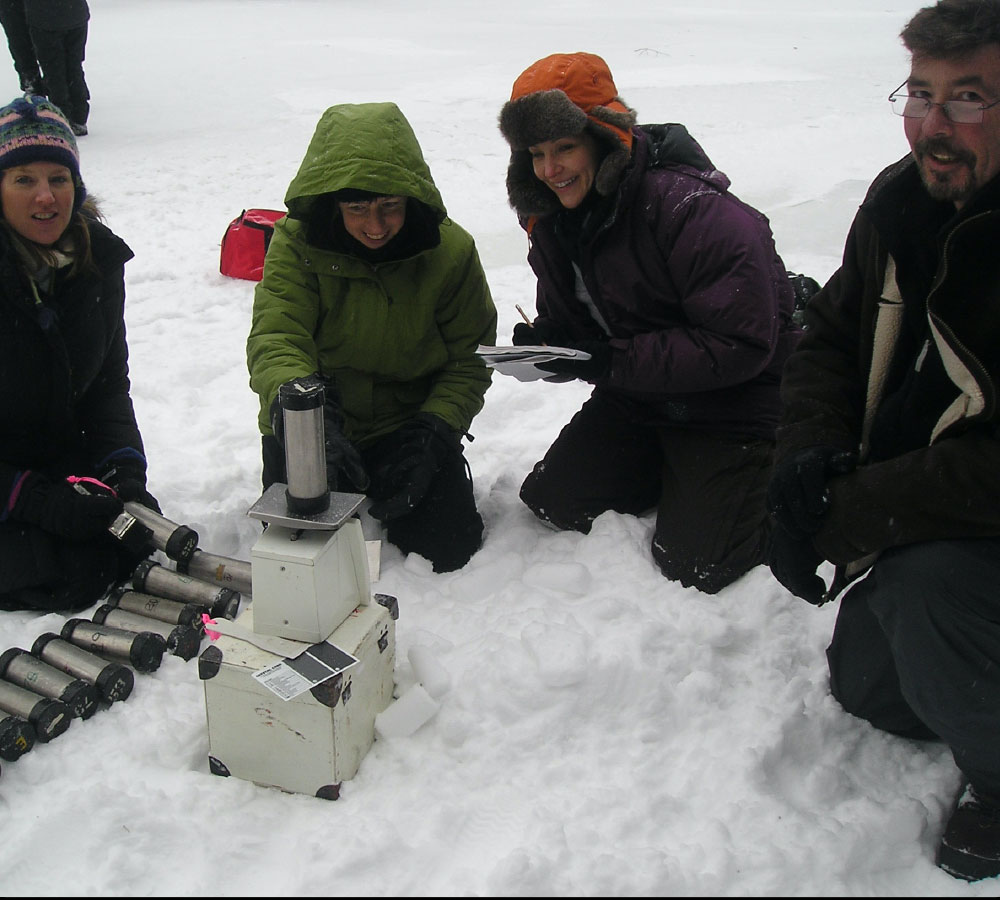
In the field: Measuring snow density
Lorem ipsum dolor sit amet, consectetuer adipiscing elit. Aenean commodo ligula eget dolor. Aenean massa. Nulla consequat massa quis enim. Sociis natoque penatibus et magnis dis parturient montes, nascetur ridiculus lorem mus.
In the field : Constructing a Quinzee snow shelter
Lorem ipsum dolor sit amet, consectetuer adipiscing elit. Aenean commodo ligula eget dolor. Aenean massa. Nulla consequat massa quis enim. Sociis natoque penatibus et magnis dis parturient montes, nascetur ridiculus lorem mus.
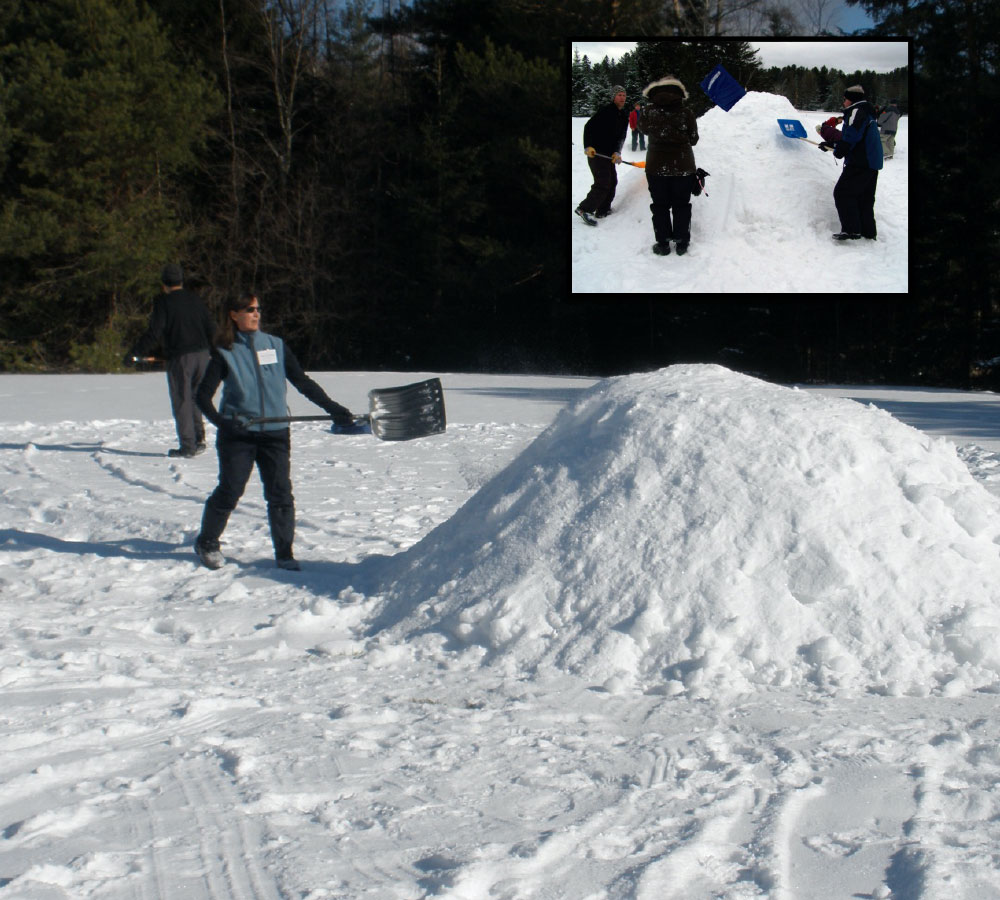
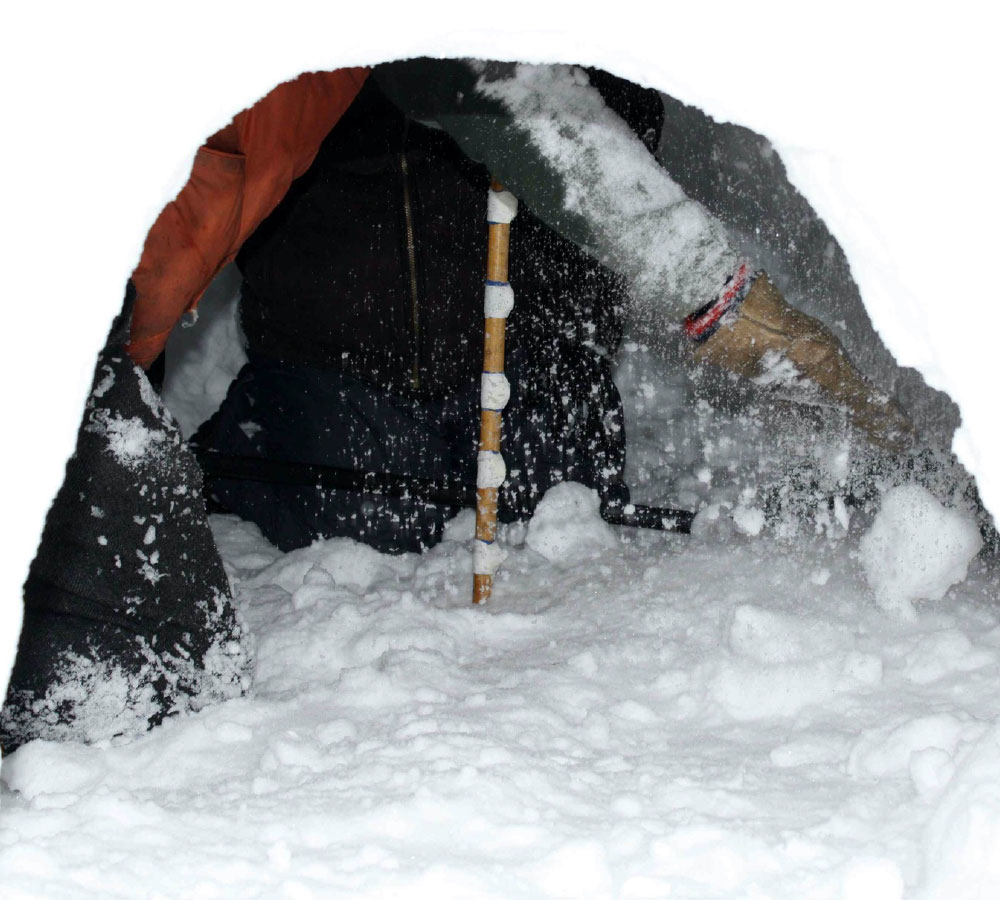
Analyzing thermal properties in the Quinzee
Lorem ipsum dolor sit amet, consectetuer adipiscing elit. Aenean commodo ligula eget dolor. Aenean massa. Nulla consequat massa quis enim. Sociis natoque penatibus et magnis dis parturient montes, nascetur ridiculus lorem mus.